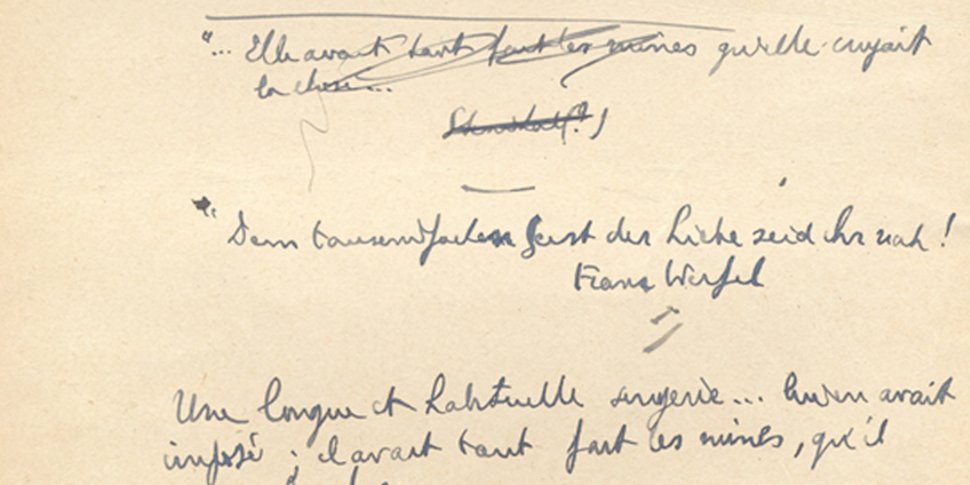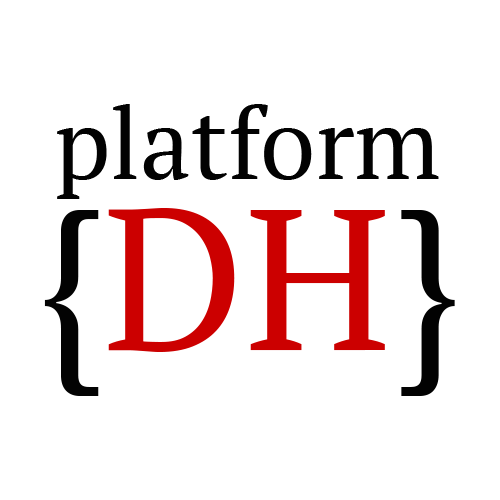
- This event has passed.
Antwerp DH Summer School 2022: Genetic editing, from manuscripts to born-digital writing processes

Intensive 5-day entry level hands-on course on making digital editions of analogue and born-digital texts. In this course, participants will acquire a set of basic computer skills to design a fully-fledged, TEI-compatible Digital Scholarly Edition and deploy keystroke logging technology to record and analyse born-digital texts.
Registration information:
- Early bird registration deadline: 15 March 2022.
- Regular registration deadline: 15 April 2022.
For more information and registration, please visit the website.
Course description
MONDAY | Introduction and Digital Scholarly Editing
TEI theory and practice
On the first day, we will learn about the Text Encoding Initiative (TEI) as the de facto standard for annotating texts in the humanities. We will learn about how TEI relates to XML and related XML technologies and cover general principles such as well-formedness and validity. After a general introduction to XML and the TEI Guidelines, we will learn how to annotate writing processes in TEI. All theoretical contents will be accompanied by practical encoding exercises.
At the end of the day, Peter Stokes will present a keynote lecture.
TUESDAY | Manuscript Web
TEI Publication Environments, Manuscript Web, TEI, CSS
On the second day, we will learn how to turn text-genetic TEI annotations into web-based editions. After introducing workflows for custom-tailored web visualizations in XSLT, we will look at pret-a-porter solutions. We will compare existing web publication environments for TEI-encoded text corpora and discuss their usability for text-genetic materials in specific. In a hands-on workshop, we will use Manuscript Web, a prototypical publication environment for genetic corpora developed in Antwerp, to turn TEI documents into web-based scholarly editions. In the day’s final session we will form working groups and identify materials (small data sets) for small editions, which the students will produce on day three.
WEDNESDAY | Make Your Own Edition
Manuscript Web
On the third day, we will apply the contents of the first two days to our own materials. The students will work individually or in teams on the dataset they chose on day two. The goal is to encode the materials in TEI and to publish them in a small-scale, web-based edition. In the afternoon we will visit the Plantin-Moretus Museum.
THURSDAY | Logging and Encoding Born-Digital Writing Processes
Keystroke Logging, TEI-XML
On the fourth day, we will start with a creative exercise: writing a short story and logging the writing process with a keystroke logger. We will then use these keystroke logging files to learn the basic technologies involved in making a (genetic) digital edition. As a first step, we will encode all the textual operations (e.g., new text production, additions, deletions) in TEI-XML together with the timestamps of each operation. These XML files will be used the next day as we move on to the visualisation of the reconstructions of the digital writing processes.
FRIDAY | Visualising Born-Digital Writing Processes
XPath, XSLT, HTML, CSS
On the last day, we will start from the XML documents we developed in class, and learn how we can prepare them for the web, by transforming them into HTML through XSLT. We will do this using XPath expressions. This effort will result in a static visualisation of the writing process. We will learn the basics of CSS by modifying the visualisation. Having gained experience with XPath, XSLT and HTML, the XML files will later be uploaded in an environment provided by the instructors that allows for replaying the writing process as well. We will end the day with student presentations and a final discussion.
